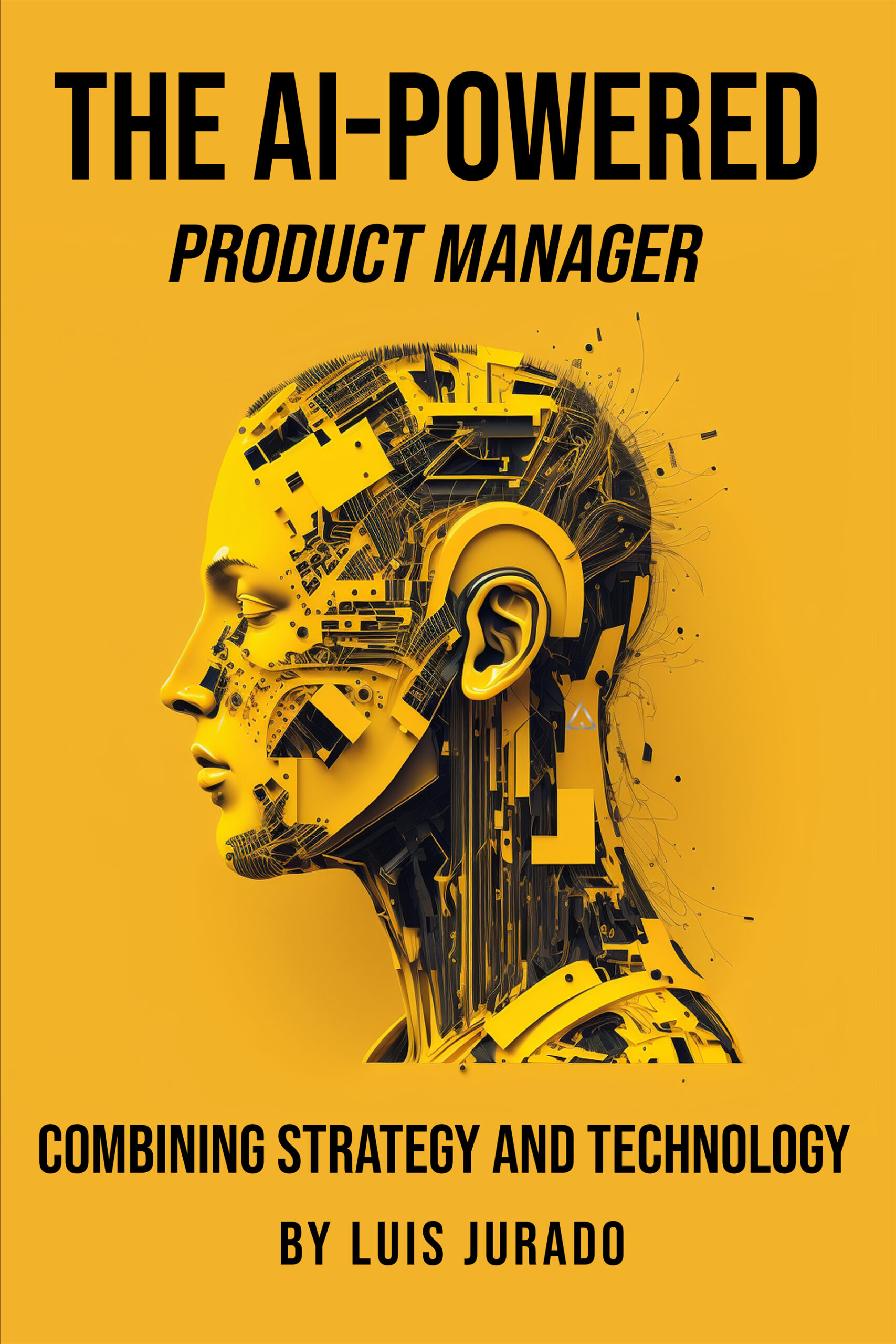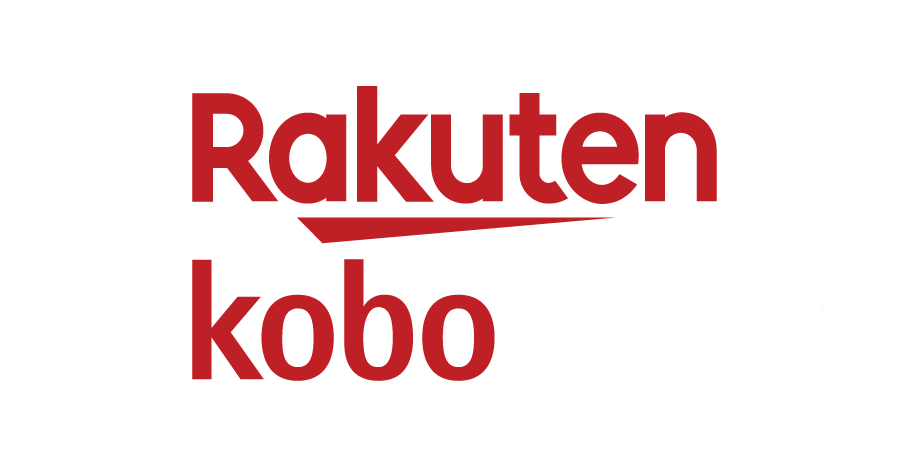The AI-Powered
Product Manager
Combining Strategy and Technology
The AI-Powered Product Manager: Combining Strategy and Technology is a comprehensive guide designed to equip product managers with the knowledge and tools needed to excel in the rapidly evolving world of AI and Machine Learning. This book aims to bridge the gap between traditional product management practices and the cutting-edge techniques needed to develop and manage AI-powered products.
Pages, all enhanced by lots of insights and tips
Six major global online book retailers in the business literature sector
Book copies sold in under 10 days since it’s been released into circulation
Essential Insights from the Book
Explore comprehensive insights in our pivotal guide as we unravel AI/ML technologies, streamline product management with AI integration, and delve into the art of effective team leadership.
Decoding AI/ML
A deep understanding of AI and ML technologies, their potential, and their limitations
Smart Product Management
Practical guidance on integrating AI and ML into your product management processes, from ideation to deployment and continuous improvement.
Collaborative Leadership
Strategies for managing cross-functional teams, fostering collaboration, and driving success
Who is This Book For
Product Managers
Current and aspiring product managers who are seeking to expand their skill set and stay ahead of the curve in the fastpaced world of AI and ML
Data Scientist
Data scientists, ML engineers, and other technical professionals looking better to understand the product management side of AI-driven projects.
Excecutives
Executives, decision-makers, and other stakeholders are interested in learning more about the potential of AI and ML in product management and the strategic considerations involved.
Students
Students and professionals in related fields like software development, business analysis, and project management wish to explore AI-driven product management possibilities.
Our Journey Together
As we embark on this journey together, our goal is to provide you with
a comprehensive, accessible, and engaging exploration of AI-driven
Product Management.
Product management is the process of guiding a product from conception to market release and beyond. The process entails recognising client requirements, formulating a strategic plan and trajectory for the item, collaborating with diverse teams to create the product, and ultimately introducing it to the marketplace. In recent years, product management has become increasingly important in the world of machine learning (ML) and artificial intelligence (AI) as businesses look to incorporate these technologies into their products and services.
Learning the correct procedures is crucial in ML and AI product development for several reasons. Firstly, ML and AI product development is complex and requires a structured approach to ensure that the product meets the customer’s needs, aligns with the company’s goals and objectives, and is delivered on time and within budget. By following the right procedures, the product manager can ensure that the product is developed in a way that is efficient and effective and that all stakeholders are kept informed and involved throughout the process
Machine learning (ML) and artificial intelligence (AI) are rapidly becoming more important in today’s world. Businesses are finding new and innovative ways to use ML and AI to improve their products and services, from healthcare to finance to transportation. This chapter will discuss the increasing significance of ML and AI in today’s world and how businesses can benefit from incorporating them into their products.
Machine learning (ML) is a powerful tool that can help product managers to improve their products and services in numerous ways. From enhancing the customer experience to increasing efficiency and accuracy, ML has the potential to revolutionise product management. In this chapter, we will explore the benefits of using ML in product INTRO 12 management, including improved customer experience, increased efficiency, and more accurate predictions.
The role of a product manager in machine learning (ML) and artificial intelligence (AI) Product development is critical to ensuring the success of the product. Product managers are responsible for guiding the product from conception to market release and beyond, and they must work closely with cross-functional teams to develop the product and bring it to market. In this chapter, we will focus on the responsibilities of a product manager when working on an ML or AI product.
Get in Touch
We’d love to hear from you! If you have any questions, feedback, or thoughts about ‘The AI Powered Product Manager’, please don’t hesitate to reach out. Your opinions and queries are invaluable to us, helping shape future editions and enhance the understanding of our readers. Whether you’re an experienced product manager exploring AI integration, or a curious reader keen to delve deeper into the AI/ML sphere, we are here to assist.











